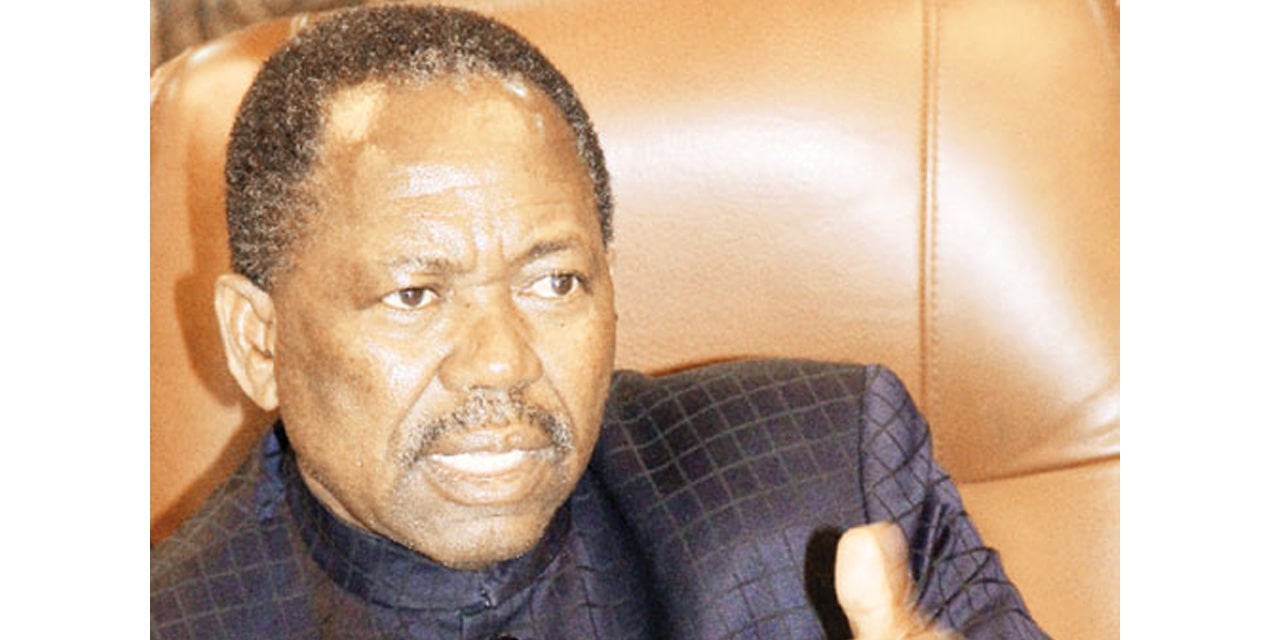Clifton Movirongo
Namibia has opened four more entry/exit points in the country as it moves to relax its COVID-19 border restrictions in a bid to revive the tourism industry and ease cross-border trade conditions.
The move by the Home Affairs ministry comes as Hosea Kutako International Airport was designated as the sole entry/exit point in the country under the tourism revival initiative.
“Tourists and travellers can now enter and depart the country by land and sea through the reopened borders, subject to applicable health regulations. The provisions have only been made for Ariamsvlei, Katima Mulilo, and the Noordoewer border posts as well as the Walvis Bay Harbour,” Home Affairs minister, Frans Kapofi said.
He noted that the decision to open the border posts was taken in consultation with the health ministry.
“This was done in terms of Regulation 8(3) (b) of the Public Health COVID-19 General Regulations: Public and Environmental Health Act 2015.”
The Home Affairs minister, however, said borders with Angola and Botswana will remain closed as they are not yet included in the new arrangements.
“You open borders reciprocally; you do not open a border if your neighbour does not have the same arrangement. We have not yet opened up the borders with Angola and Botswana because those countries’ borders are still closed to us,” Kapofi told the Windhoek Observer.
The move by government was lauded by businessman, Vaino Nghipondoka who has an interest in the country’s tourism industry. He said the move will go a long way towards increasing economic activity in Namibia.
“Government had to balance between the impact of the borders closure on business versus the health of its citizens,” he said.
“The economy is feeling the impact of the closed borders. Government must be commended for its previous efforts of providing N$750 individual grant (once-off) to each citizen that qualified. That brought some liquidity into the market, particularly for small businesses. Government even went as far as providing food aid while the security cluster has been critical in the COVID-19 fight.”
Nghipondoka said government efforts had been critical in reducing the infection rates in the country.
“COVID-19 is here to stay and we can’t keep our borders closed forever as the economy needs to recover and people need to keep their jobs. This government decision is the right one because globally the economies are opening up,” he said.
Ministry of Health Executive Director, Ben Nangombe said the ministry was working closely with other government departments to reinforce the health system despite having put in place protocols for the international tourism revival initiative.
“The tourists still have to present negative test results upon entrance and on the 5th and 7th day. We count on full cooperation and full compliance from all the visitors. We will make an example out of those who violate the directives,” said Nangombe.
According to Nangombe, more than 3,500 workers have been recruited by the Ministry of Health and more are still required in order to be prepared to respond an expected second COVID-19 wave.
“The level of preparedness is high as the systems are stronger and we have picked up the necessary experience. We still need more human resource capacity for tracing and testing. That could give more aid to the cluster for dealing with more of the incoming travellers as that could prove to be a COVID-19 risk,” he said.
The Namibian tourism revival initiative is aimed at providing a lifeline to the country’s tourism sector which is on the verge of collapse due to the closure of borders worldwide for international travellers as part of global measures to curb the spread of COVID-19.




